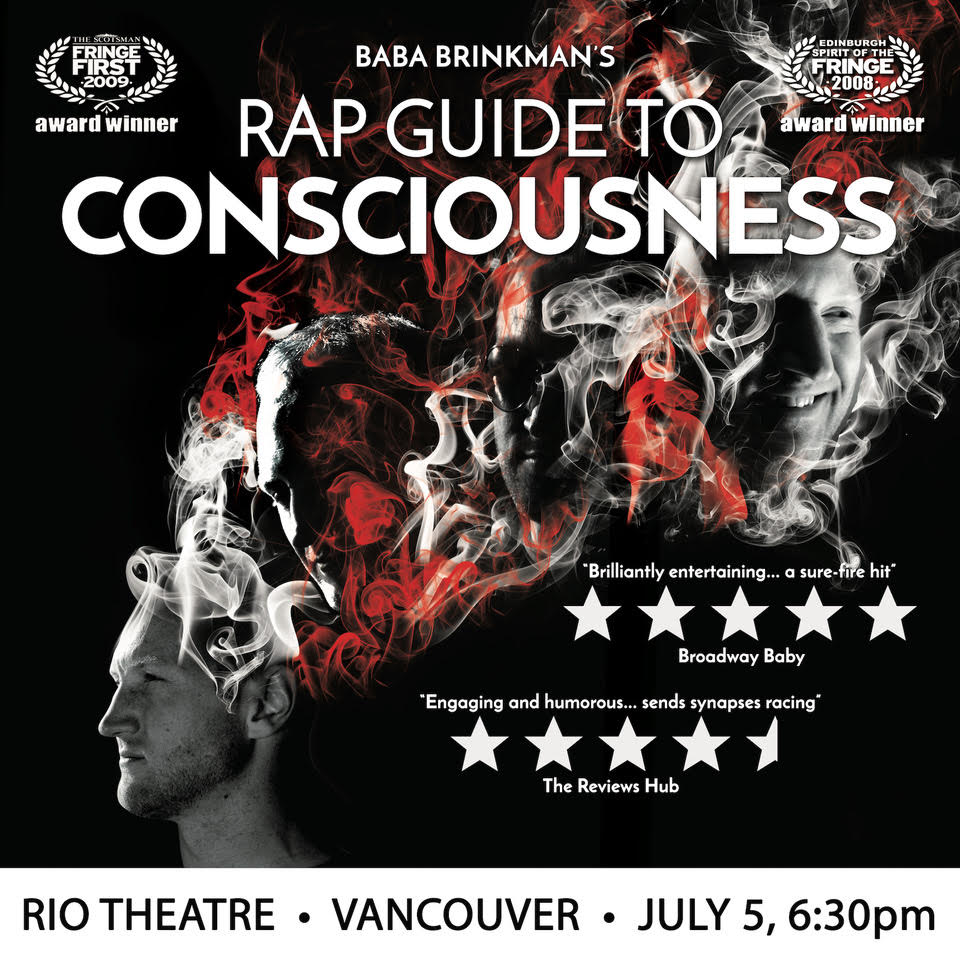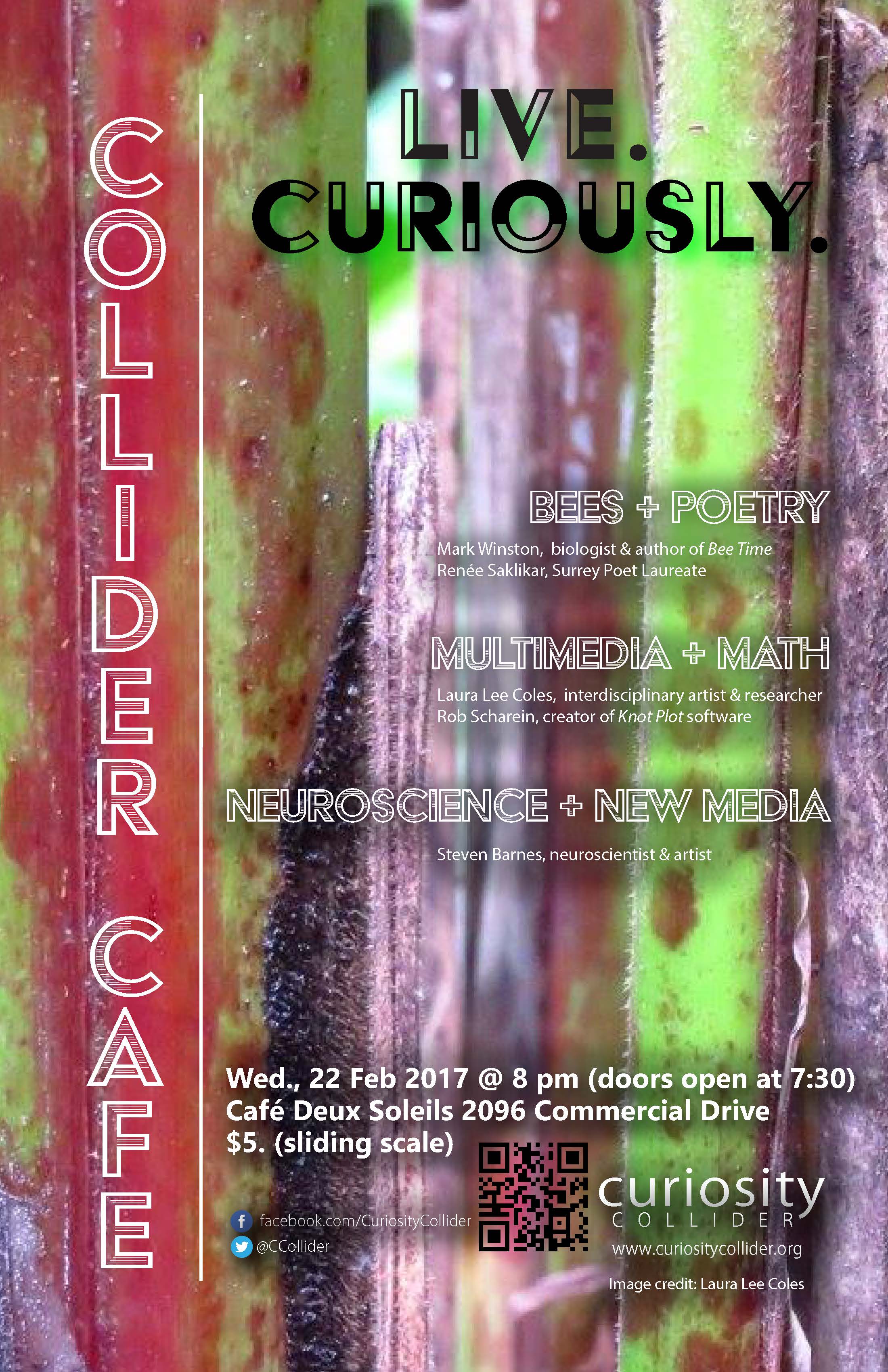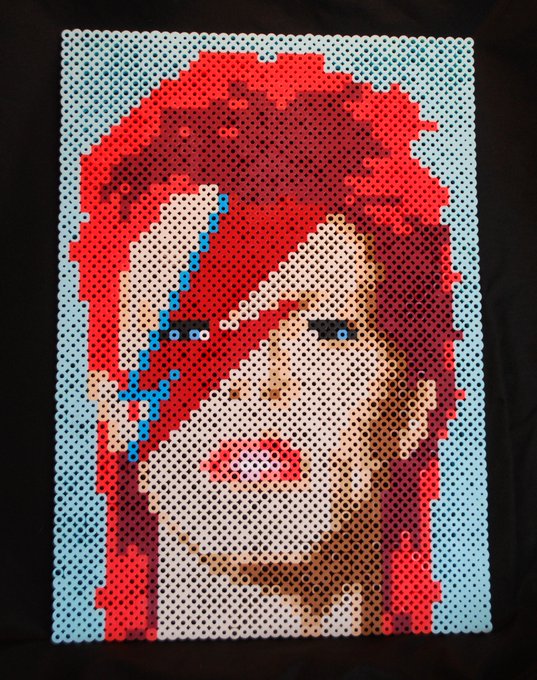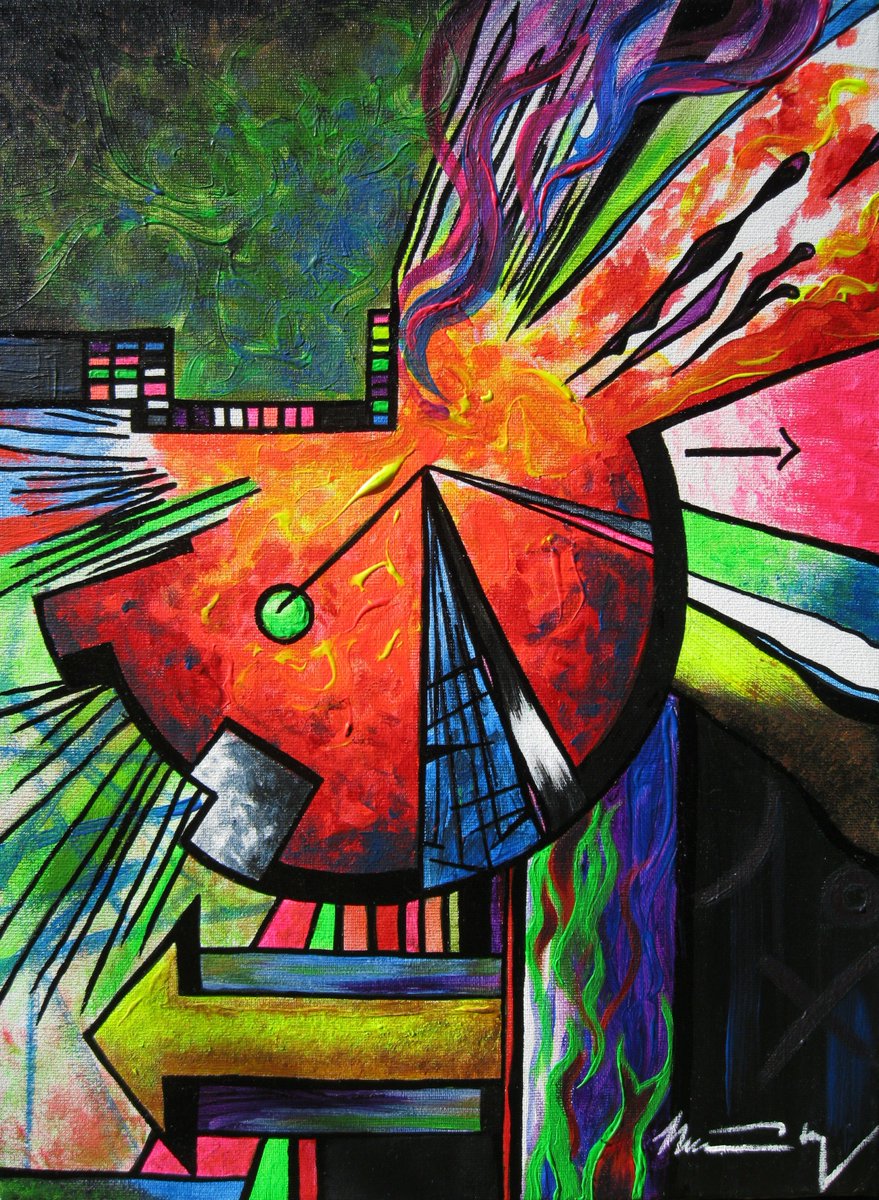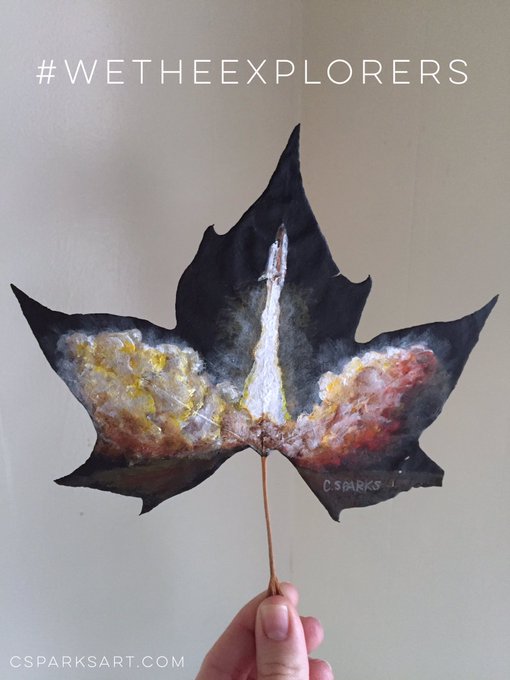Awkwardly named as it is, the Women in Communications and Technology BC Chapter (WCTBC) has been reinvigorated after a moribund period (from a Feb. 21, 2018 posting by Rebecca Bollwitt for the Miss 604 blog),
There’s an exciting new organization and event series coming to Vancouver, which will aim to connect, inspire, and advance women in the communications and technology industries. I’m honoured to be on the Board of Directors for the newly rebooted Women in Communications and Technology, BC Chapter (“WCTBC”) and we’re ready to announce our first event!
Women in Debate: Is Technology Taking Our Jobs?
When: Tuesday, March 6, 2018 at 5:30pm
Where: BLG – 200 Burrard, 1200 Waterfront Centre, Vancouver
Tickets: Register online today. The cost is $25 for WCT members and $35 for non-members.Automation, driven by technological progress, has been expanding for the past several decades. As the pace of development increases, so has the urgency in the debate about the potential effects of automation on jobs, employment, and human activity. Will new technology spawn mass unemployment, as the robots take jobs away from humans? Or is this part of a cycle that predates even the Industrial Revolution in which some jobs will become obsolete, while new jobs will be created?
Debaters:
Christin Wiedemann – Co-CEO, PQA Testing
Kathy Gibson – President, Catchy Consulting
Laura Sukorokoff – Senior Trainer & Communications, Hyperwallet
Sally Whitehead – Global Director, SophosBased on the Oxford style debates popularized by the podcast ‘Intelligence Squared’, the BC chapter of Women in Communications and Technology brings you Women in Debate: Is Technology Taking Our Jobs?
For anyone not familiar with “Intelligence Squared,” there’s this from their About webpage,
ntelligence Squared is the world’s premier forum for debate and intelligent discussion. Live and online we take you to the heart of the issues that matter, in the company of some of the world’s sharpest minds and most exciting orators.
Intelligence Squared Live
Our events have captured the imagination of public audiences for more than a decade, welcoming the biggest names in politics, journalism and the arts. Our celebrated list of speakers includes President Jimmy Carter, Stephen Fry, Patti Smith, Richard Dawkins, Sean Penn, Marina Abramovic, Werner Herzog, Terry Gilliam, Anne Marie Slaughter, Reverend Jesse Jackson, Mary Beard, Yuval Noah Harari, Jonathan Franzen, Salman Rushdie, Eric Schmidt, Richard Branson, Professor Brian Cox, Nate Silver, Umberto Eco, Martin Amis and Grayson Perry.
…
Further digging into WCTBC unearthed this story about the reasons for its ‘reboot’, from the Who we are / Regional Chapters / British Columbia webpage,
“Earlier this month [October 2017?], Christin Wiedemann and Briana Sim, co-Chairs of the BC Chapter of WCT, attended a Women in IoT [Internet of Things] event in Vancouver. The event was organized by the GE Women’s Network and TELUS Connections, with WCT as an event partner. The event sold out after only two days, and close to 200 women attended.
Five female panelists representing different backgrounds and industries talked about the impact IoT is having on our lives today, and how they think IoT fits into the future of the technology landscape. Christin facilitated the Q&A portion of the event, and had an opportunity to share that the BC chapter is rebooting and hopes to launch a kickoff event later in November”
You can find a summary of the event here (http://gereports.ca/theres-lots-room-us-top-insights-five-canadas-top-women-business-leaders-iot/#), and you can also check out the Storify (https://storify.com/cwiedemann/women-in-iot).”
– October 6th, 2017
Simon Fraser University’s Brave New Work
Coincidentally or not, there’s a major series of events being offered by Simon Fraser University’s (SFU; located in Vancouver, British Columbia, Canada) Public Square Programme in their 2018 Community Summit Series titled: Brave New Work; How can we thrive in the changing world of work? which takes place February 26, 2018 to March 7, 2018.
There’s not a single mention (!!!!!) of Brave New World (by Aldous Huxley) in what is clearly word play based on this man’s book.
From the 2018 Community Summit: Brave New Work webpage on the SFU website (Note: Links have been removed),
How can we thrive in the changing world of work?
The 2018 Community Summit, Brave New Work, invites us to consider how we can all thrive in the changing world of work.
Technological growth is happening at an unprecedented rate and scale, and it is fundamentally altering the way we organize and value work. The work we do (and how we do it) is changing. One of the biggest challenges in effectively responding to this new world of work is creating a shared understanding of the issues at play and how they intersect. Individuals, businesses, governments, educational institutions, and civil society must collaborate to construct the future we want.
The future of work is here, but it’s still ours to define. From February 26th to March 7th, we will convene diverse communities through a range of events and activities to provoke thinking and encourage solution-finding. We hope you’ll join us.
The New World of Work: Thriving or Surviving?
As part of its 2018 Community Summit, Brave New Work, SFU Public Square is proud to present, in partnership with Vancity, an evening with Van Jones and Anne-Marie Slaughter, moderated by CBC’s Laura Lynch at the Queen Elizabeth Theatre.
Van Jones and Anne-Marie Slaughter, two leading commentators on the American economy, will discuss the role that citizens, governments and civil society can play in shaping the future of work. They will explore the challenges ahead, as well as how these challenges might be addressed through green jobs, emergent industries, education and public policy.
Join us for an important conversation about how the future of work can be made to work for all of us.
Are you a member of Vancity? As one of the many perks of being a Vancity member, you have access to a free ticket to attend the event. For your free ticket, please visit Vancity for more information. There are a limited number of seats reserved for Vancity members, so we encourage you to register early.
Tickets are now on sale, get yours today!
Future of Work in Canada: Emerging Trends and Opportunities
What are some of the trends currently defining the new world of work in Canada, and what does our future look like? What opportunities can be seized to build more competitive, prosperous, and inclusive organizations? This mini-conference, presented in partnership with Deloitte Canada, will feature panel discussions and presentations by representatives from Deloitte, Brookfield Institute for Innovation & Entrepreneurship, Vancity, Futurpreneur, and many more.
Work in the 21st Century: Innovations in Research
Research doesn’t just live in libraries and academic papers; it has a profound impact on our day to day lives. Work in the 21st Century is a dynamic evening that showcases the SFU researchers and entrepreneurs who are leading the way in making innovative impacts in the new world of work.
Basic Income
This lecture will examine the question of basic income (BI). A neoliberal version of BI is being considered and even developed by a number of governments and institutions of global capitalism. This form of BI could enhance the supply of low wage precarious workers, by offering a public subsidy to employers, paid for by cuts to others areas of social provision.
ReframeWork
ReframeWork is a national gathering of leading thinkers and innovators on the topic of Future of Work. We will explore how Canada can lead in forming new systems for good work and identify the richest areas of opportunity for solution-building that affects broader change.
The Urban Worker Project Skillshare
The Urban Worker Project Skillshare is a day-long gathering, bringing together over 150 independent workers to lean on each other, learn from each other, get valuable expert advice, and build community. Join us!
SFU City Conversations: Making Visible the Invisible
Are outdated and stereotypical gender roles contributing to the invisible workload? What is the invisible workload anyway? Don’t miss this special edition of SFU City Conversations on intersectionality and invisible labour, presented in partnership with the Simon Fraser Student Society Women’s Centre.
Climate of Work: How Does Climate Change Affect the Future of Work
What does our changing climate have to do with the future of work? Join Embark as they explore the ways our climate impacts different industries such as planning, communications or entrepreneurship.
Symposium: Art, Labour, and the Future of Work
One of the key distinguishing features of Western modernity is that the activity of labour has always been at the heart of our self-understanding. Work defines who we are. But what might we do in a world without work? Join SFU’s Institute for the Humanities for a symposium on art, aesthetics, and self-understanding.
Worker Writers and the Poetics of Labour
If you gave a worker a pen, what would they write? What stories would they tell, and what experiences might they share? Hear poetry about what it is to work in the 21st century directly from participants of the Worker Writers School at this free public poetry reading.
Creating a Diverse and Resilient Economy in Metro Vancouver
This panel conversation event will focus on the future of employment in Metro Vancouver, and planning for the employment lands that support the regional economy. What are the trends and issues related to employment in various sectors in Metro Vancouver, and how does land use planning, regulation, and market demand affect the future of work regionally?
Preparing Students for the Future World of Work
This event, hosted by CACEE Canada West and SFU Career and Volunteer Services, will feature presentations and discussions on how post-secondary institutions can prepare students for the future of work.
Work and Purpose Later in Life
How is the changing world of work affecting older adults? And what role should work play in our lives, anyway? This special Philosophers’ Cafe will address questions of retirement, purpose, and work for older adults.
Beyond Bitcoin: Blockchain and the Future of Work
Blockchain technology is making headlines. Enthusiastic or skeptic, the focus of this dialogue will be to better understand key concepts and to explore the wide-ranging applications of distributed ledgers and the implications for business here in BC and in the global economy.
Building Your Resilience
Being a university student can be stressful. This interactive event will share key strategies for enhancing your resilience and well-being, that will support your success now and in your future career.
We may not be working because of robots (no mention of automation in the SFU descriptions?) but we sure will talk about work-related topics. Sarcasm aside, it’s good to see this interest in work and in public discussion although I’m deeply puzzled by SFU’s decision to seemingly ignore technology, except for blockchain. Thank goodness for WCTBC. At any rate, I’m often somewhat envious of what goes on elsewhere so it’s nice to see this level of excitement and effort here in Vancouver.



